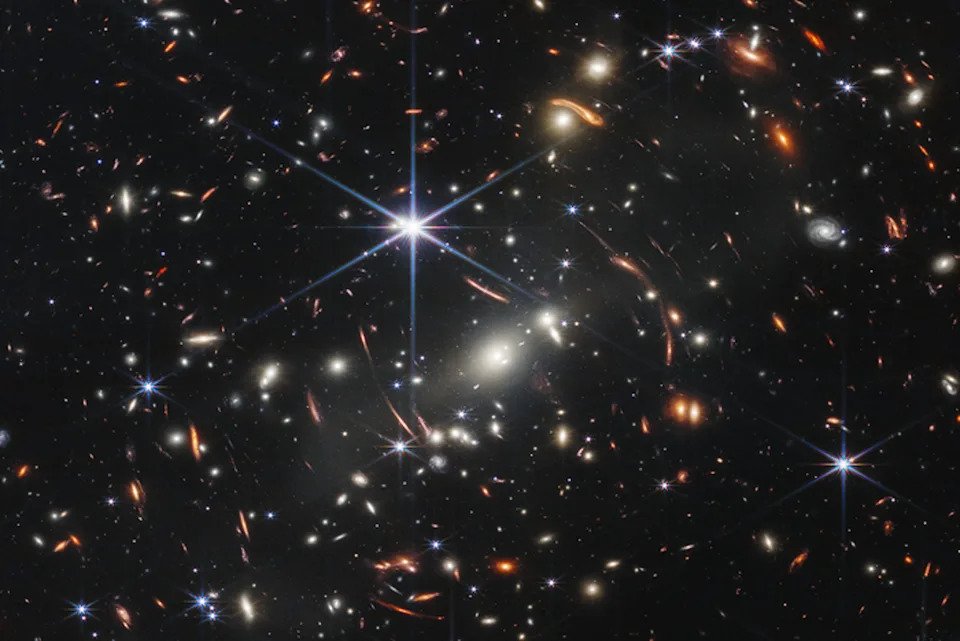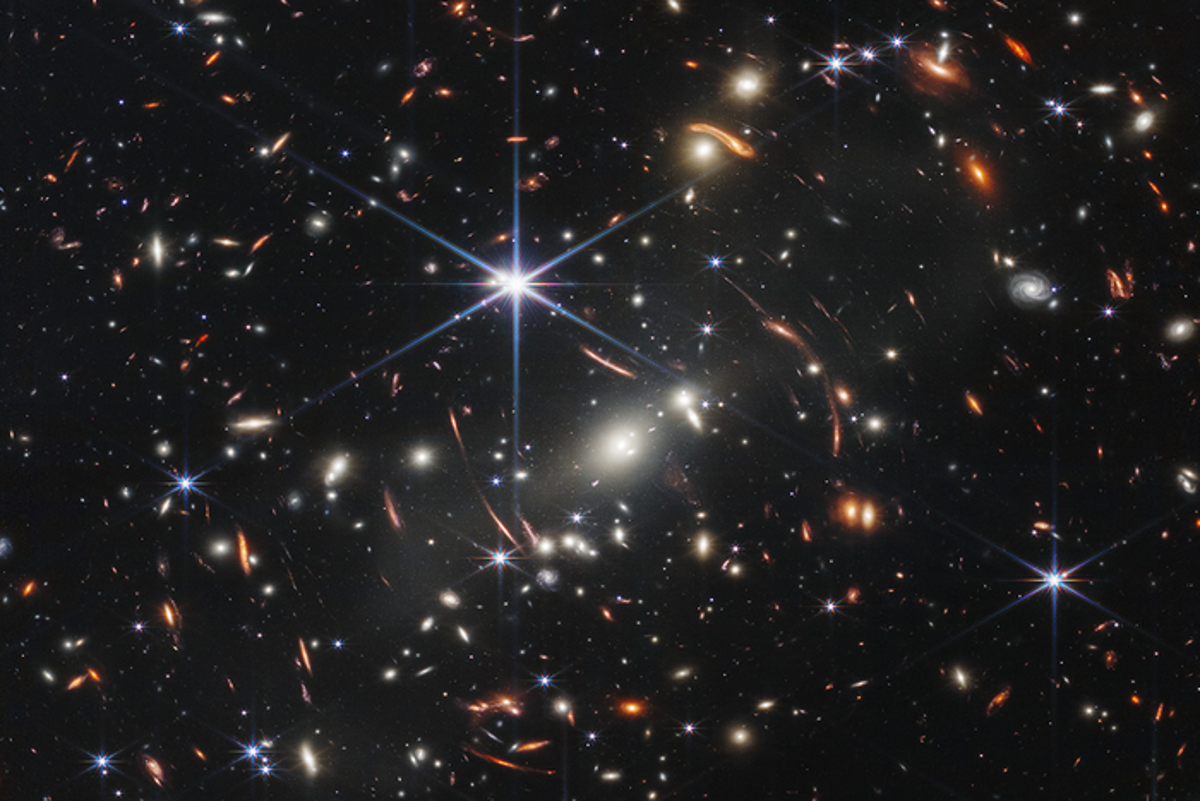Scientists have recreated the first molecule ever to form and found that it likely played a much bigger role in the birth of early stars than previously thought.
The universe was unimaginably hot and dense immediately after it formed about 13.8 billion years ago, and cooled down seconds later to form the first elements, hydrogen and helium, albeit in a completely ionised form.
It then took another 380,000 years for the temperature in the early universe to drop enough for neutral atoms to form by combining with free electrons to pave the way for the first chemical reactions.
The first molecule created this way is thought to be helium hydride ion (HeH+), formed from a neutral helium atom and ionised hydrogen.
Helium hydride’s origin also marked the beginning of a chain reaction that led to the formation of molecular hydrogen (H2), which is by far the most common molecule in the universe, scientists say.

High-resolution image of galaxy cluster SMACS 0723 (NASA)
Although the infant universe at this point was transparent due to the binding of free electrons, there were still no light-emitting objects, such as stars.
Researchers found that this ancient helium hydride molecule helped cool the universe over a process lasting several hundred million years before the first stars ignited.
Stars are powered by nuclear fusion in which light atomic nuclei combine to form a heavier nucleus, releasing a tremendous amount of energy.
However, for any early contracting gas cloud of a protostar to collapse to the point where nuclear fusion can begin, heat must be dissipated via collisions between atoms and molecules, which then emit this energy in the form of photons.
But below 10,000C, this process becomes ineffective for the dominant hydrogen atoms.
So researchers have long considered helium hydride ions as a potentially important candidate for cooling in the formation of the first stars.
These ancient molecules could facilitate further cooling by emitting additional energy through rotation and vibration, particularly at low temperatures.
The concentration of helium hydride ions in the universe was likely key to the effectiveness of early star formation, the study found.
New research, published in the journal Astronomy and Astrophysics, used a special ultra-cold lab setup to mimic conditions from over 13 billion years ago that led to the formation of these molecules.
The study recreated conditions similar to those in the early universe for the first time at the Cryogenic Storage Ring (CSR) instrument at the Max-Planck-Institut fur Kernphysik – a globally unique lab set up for investigating molecular and atomic reactions under space-like conditions.
In the research, scientists superimposed HeH⁺ ions stored in a 35-metre-diameter storage ring for up to just a minute at a few kelvins (-267C) with a beam of neutral hydrogen atoms.
They studied how the collision rate varied with temperature and found that, contrary to earlier predictions, the rate at which this reaction proceeds does not slow down with decreasing temperature.
“Previous theories predicted a significant decrease in the reaction probability at low temperatures, but we were unable to verify this in either the experiment or new theoretical calculations by our colleagues,” said study co-author Holger Kreckel from the MPIK.
The findings suggest the reactions of HeH⁺ with hydrogen were far more important for chemistry in the early universe than previously thought.

